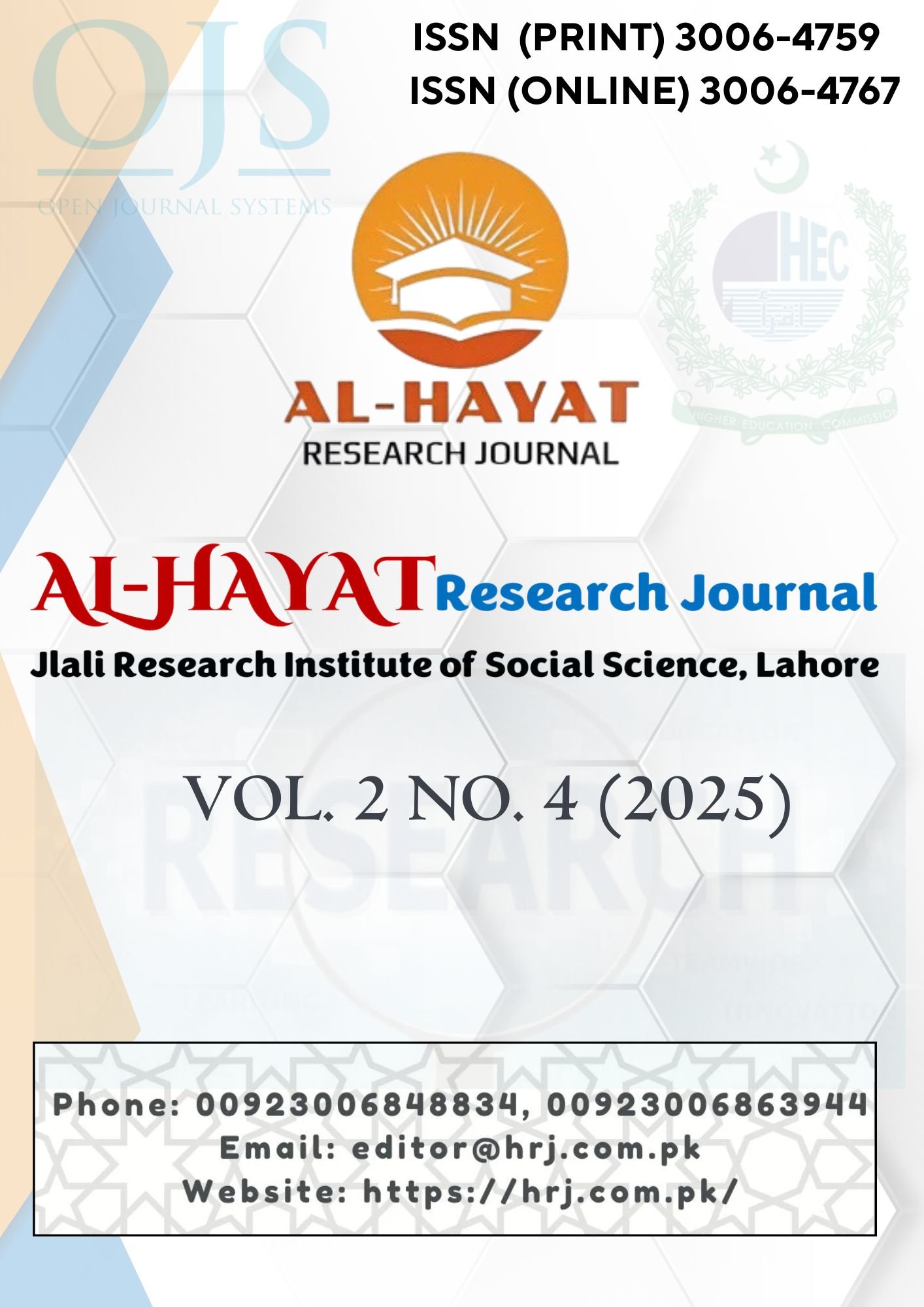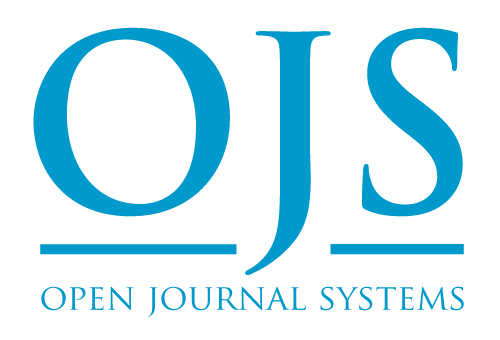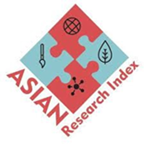The Concept of Clothing in Islamic and Human Perspectives: A Research Study on Physical and Spiritual Purification
DOI:
https://doi.org/10.5281/Keywords:
Clothing, Islam, Modesty, Piety, Spiritual Purification, Human DignityAbstract
Clothing is one of the fundamental necessities of human life, serving not only as physical protection but also as a reflection of cultural, moral, spiritual, and psychological dimensions. In both the Qur’an and the Sunnah, clothing transcends the mere act of covering the body; it symbolizes modesty, dignity, and piety. The Qur’an presents clothing in three essential aspects: as a means of concealment, as adornment, and ultimately as libās al-taqwā (the garment of piety), which signifies inner purity and spiritual refinement. The story of Prophet Adam (AS) and Hawwa (Eve) at the beginning of human history illustrates the innate human need for clothing as both physical covering and moral consciousness. From an Islamic and human perspective, clothing embodies social identity, chastity, modesty, and self-respect. In contrast, immodesty and deviation from Islamic principles of dress contribute to moral and social degradation. Psychologically, appropriate clothing enhances confidence, comfort, and aesthetic satisfaction, while in professional and communal settings it reflects discipline, responsibility, and character. In acts of worship such as prayer and pilgrimage, clothing becomes a manifestation of unity, humility, and spiritual devotion. Furthermore, the Qur’an and Sunnah emphasize the significance of clothing in the Hereafter, portraying the garments of Paradise as symbols of divine reward, honor, and eternal bliss, while the attire of Hell represents humiliation and punishment. This study concludes that clothing, in its complete Islamic and human conception, is not merely a material necessity but a means of physical purification, moral discipline, social harmony, and spiritual elevation.
Downloads
Published
Issue
Section
License
Copyright (c) 2025 AL-HAYAT Research Journal (AHRJ)

This work is licensed under a Creative Commons Attribution 4.0 International License.












